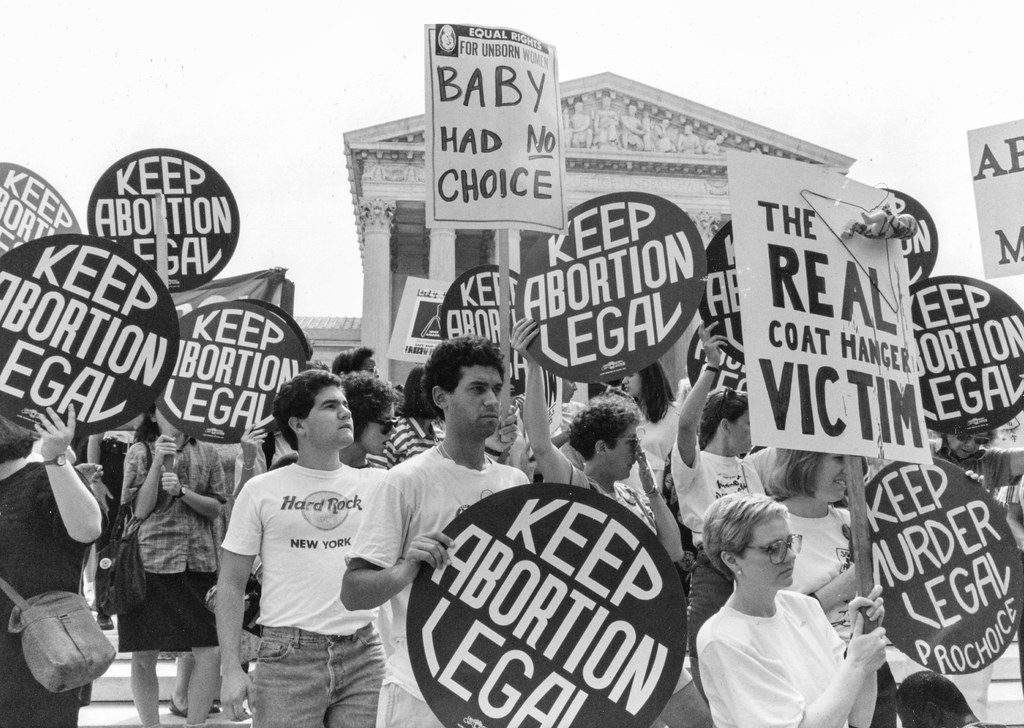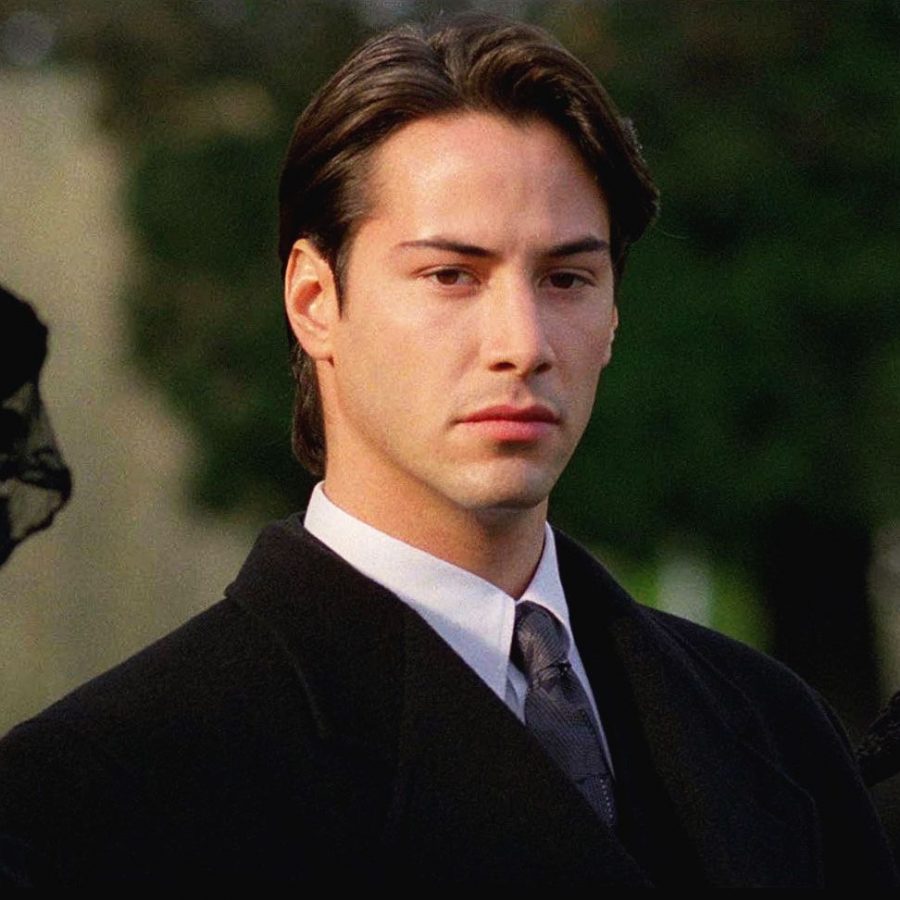Commercial Conundrum
Commercials are out of touch and overdrawn.
First popularized 70 years ago, television has been a staple in everyday life. For nearly all 70 years, commercials have been tied with television airings. Their exact purpose is arguable, but one aspect is true: commercials are annoying. With their poor timing, drawn-on elements and counterproductive techniques, it is about time to get rid of them.
Think back to your childhood memories of watching television. Maybe you remember the iconic Education Connection commercial, or maybe the JG Wentworth ad. Whether you know what those were about or not, the memories still prevail. Another commercial comes to mind when thinking of the 2000s: the Flo commercials from Progressive.
According to businessinsider.com, Flo has been on air since early 2008. She is an example of why commercials are outdated. Still today, Progressive is still churning out commercials with the brown-haired insurance agent. While the commercials have made minor changes, including a short-lived period with Flo completely absent, it is odd that a company is still trying to push a campaign that old. Having been on the air for multiple generations, it appears that it is time to retire Flo for good.
Those in favor of keeping commercials might argue that commercials provide funding for the television industry. However, there are many alternatives to advertising that shows can utilize such as product placement and sponsorship. According to fool.com, Procter & Gamble, owner of brands like Gain, Tide and Charmin, has been decreasing its television advertising budget. In addition, Yum Brands has been attempting to create innovative methods of advertisement for Kentucky Fried Chicken.
Not only are commercials out of touch, but they may also be harmful to the television industry. Companies know that this new generation is more driven by internet advertising, and they are shifting their budgets towards that.
Netflix has three-tiered plans at $8.99, $13.99 and $17.99 per month. None of the plans offer commercials, and there is good reasoning behind that.
“It’s hand-to-hand combat to get people to spend less on, you know, ABC, and to spend more on Netflix,” Netflix CEO Reed Hastings said according to bgr.com. “There’s much more growth in the consumer market than there is in advertising, which is pretty flat.”
If Netflix, a Fortune 500 company and innovator on the scene of television, believes that commercials are detrimental to viewership, it is time for traditional cable to take a hint.











































